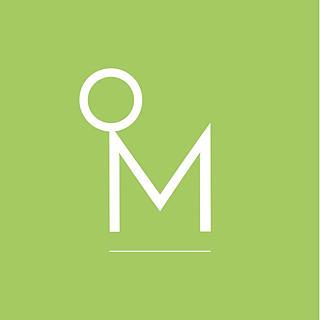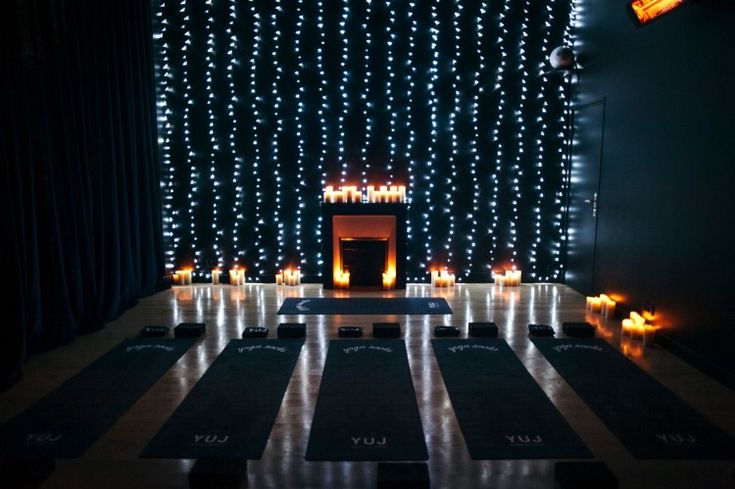Yoga Without Pranayama Is Like Dinner Without Dessert
- Rosie Lux
- Sep 1, 2017
- 3 min read
If you want to improve your yoga practice, learn to master your breath! I have a busy teaching schedule in Hove and I often wonder how many times a week I say ‘inhale’ and ‘exhale.’
I am always impressed with how quickly people pick up the shapes, lift one leg, step it through to a lunge… turn to the side for a twist… But it’s the easiest instructions we don’t follow; when to breathe in and when to breathe out. And it really is the breath that develops the postures!

When you practice yoga without pranayama, it’s like having dinner without dessert, it's not as satisfying as it's missing the sweetness. The breath serves as the link between the consciousness and the mind. When the breath starts to wander, the mind also becomes unsteady. Once the breath is still, your mind is still as well.
I can often hear a little sniff of an inhale when I give the cue, but that’s not what I’m trying to achieve with students. When standing in Tadasana, I’m looking for the arms to sweep overhead for the whole of the inhale, and for the whole of the exhale we forward fold. This full diaphragmatic breathing, which strengthens the cardiovascular system, takes us out of the short breathing cycle which is all too common in our stressed out lifestyle.
We know the importance of the breath, we have so many phrases which allude to the spaciousness and relaxation it creates;
Take a breather
Breathing space
Breathing a sigh of relief
And there are so many more clues about the importance of the breath in our language, in Italian the word for ‘breathe’ is inspiro. And in English a synonym for in/exhale is inspiration, expiration. We are inspiring the body and mind when we breathe in! How beautiful is that?
Longevity
In the philosophy of yoga, longevity of life depends on the breathing rate. They say we only have so many breaths in us, so if you lower your breathing rate, you potentially increase your life. Hummingbirds’ hearts beat so fast they live for an average of 4 years, whereas a tortoise only takes 5 breaths per minute and lives for over 200 years.
Meditation
The mind becomes fit for concentration. Most people have or aspire to have a mindfulness or meditation practice. You can’t have one without a pranayama practice. Focusing on the breath allows the mind to become steady like the flame of a candle in a windless place; free from disturbing energy.
Purification
The average adult human heart, weighing roughly eleven ounces, beats seventy two times a minute, or one hundred thousand times a day. That’s 37 million times a year. The heart works hard to purify the blood and the respiratory system. The deeper breathing enriches the blood with oxygen, allows nutrients from your diet to be transported around your body.
Inhale and exhale, systolic and diastolic blood pressure. Filling and emptying of the heart. Birth and death, young and old, night and day. 'Tending the Heart Fire' By Shiva Rea
Once you understand the right breathing technique, this can create a huge impact to your thoughts and actions. Bear in mind that every thought can change your breath rhythm. If you are happy, breathing is rhythmic. If you are stressed, your breathing will most often be interrupted or irregular. If you master the “art of breathing”, you can easily understand self-healing.
Tips for Pranayama
Pranayama doesn’t have to be ‘advanced’ start off lying down or sitting comfortably and count how long your inhale is, and how long your exhale is.
Blow your nose before pranayama or have a tissue to hand!
Take your time to adjust the breath, to find a new breathing ratio.
If you feel a strain in your body or your forcing, stop!
Seek the guidance of a qualified yoga teacher, especially if you have a condition which affects your breathing or are pregnant.

Rosie Iles-Jonas teaches public and private yoga classes in Hove and is the yoga teacher for Brighton and Hove Albion FC.




Comments